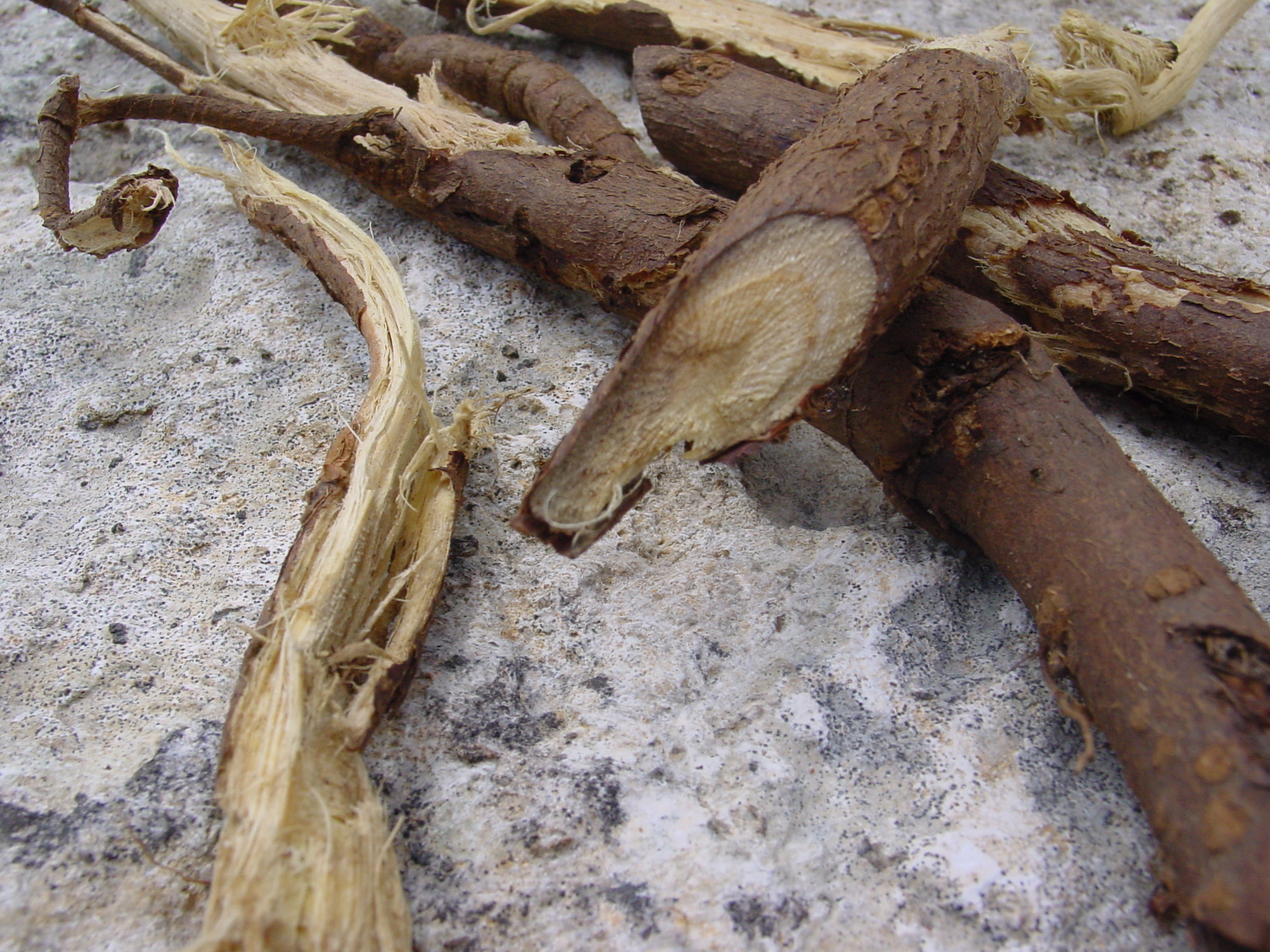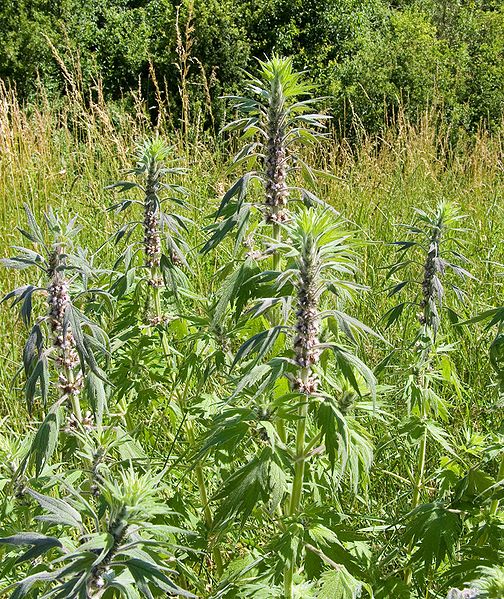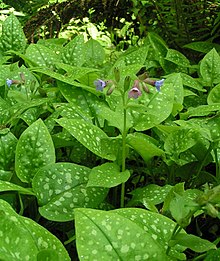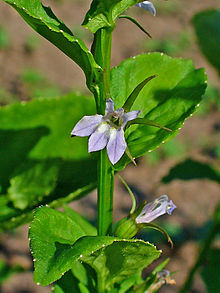LICORICE ROOT
(Glycyrrhiza glabra)
Liquorice or licorice is the root of Glycyrrhiza glabra from which a somewhat sweet flavour, popular in some demographics, can be extracted. The liquorice plant is a legume (related to beans and peas) that is native to southern Europe and parts of Asia. It is called "Mulaithi" in Northern India. It is not related to anise, star anise, or fennel, which are the sources of similar-tasting flavouring compounds.
 |
| foliage |
Licorice (Glycyrrhiza glabra) is a flavorful herb that has been used in food and medicinal remedies for thousands of years. Also known as "sweet root," licorice root contains a compound that is about 50 times sweeter than sugar.
 |
| Various liquorice root slivers |
Licorice products are made from peeled and unpeeled dried root. There are powdered and finely cut root preparations made for teas, tablets, and capsules, as well as liquid extracts.
 |
| Licorice Root Extract |
 |
| Liquorice root with bark |
Part used: rootsProperties: demulcent, expectorant,, laxative, alternative.
What it affects: lungs, stomach, intestines, spleen, and liver.
Preparation and amount:
Decoction: simmer 5-15 min. and drink 1 tbsp. as needed
Tincture: Drink 30-60 drops 91/2-1 tsp.) 2-3 times a day.
Fluid extract: 1/2-1 tsp. 2-3 times a day.
Syrup: take 1 tsp to 1 tbsp. as needed.
Powder: Take up to 10 30 capsules (60 grains) daily.
Purposes:
Internally, licorice is primarily used for bronchial problems, coughs, hoarseness, mucous congestion, and similar problems. It can also be taken for stomach problems, such as peptic ulcers and bladder and kidney ailments.
Added to bitter tonics, licorice root makes them more palatable and helps balance the herbal formula. It is excellent for all kinds of stomach and intestinal ulcers. It fights inflammation and viral, bacterial, and parasitic infection. It is a specific for colds, flu, and lung congestion, and is frequently added to cough syrups. It cleanses the colon, reduce muscle spasms, increases the fluidity of mucus in the lungs and bronchial tubes. It is a mild laxative and is effective foe children and the elderly. It helps to inhibit the formation of plaque and prevents bacteria from sticking to tooth enamel. for hoarseness and throat problems, combine it with sage, ginger, horehound and coltsfoot.
Licorice root is useful for asthma, allergies, chronic fatigue, emphysema, depression, enlarged prostate, fever, herpesvirus, hypoglycemia, and glandular infection. for children's throat and lung problems, combine licorice root powder with other herbs. Use it for inflammatory bowel disorders, premenstrual syndrome, and menopausal symptoms. A strong decoction makes a good laxative for children and may also help reduce fever. Add it to other herbal medicines ( and even drug medication), to make them more palatable. Use it for upper respiratory tract infections. It protects against atherosclerosis.
Licorice stimulates the production of interferon and may help inhibit replication of HIV. There is also evidence that it may prevent hepatitis C from causing liver cancer and cirrhosis.
Licorice extract has been shon to have activities similar to those of cortisone and, tp a lesser extent, estrogen. It induce the adrenal cortex to produce larger amounts pf cortisone and aldosterone. Glycyrrhizin, a chemical in licorice, has a chemical structure similar to human steroid hormones. Three other herbs (ginseng, wild yam, and sarsaparilla), all of which combine well with licorice, also have hormone-like substances in them. In Europe, licorice is used to help those with ulcers to recover.
Note:
Licorice candy is useless because of its white sugar content and because it primarily consists of anise, not licorice.
Warning:
Licorice should not be used by persons with diabetes, glaucoma, heart disease, high blood pressure, or those who have had strokes. It should not be taken by those with severe menstrual problems or who are pregnant. It should not be used over seven days; for it can cause high blood pressure, even in those who have low or normal pressure. In additional, extended use can result in water retention o low potassium levels.

























